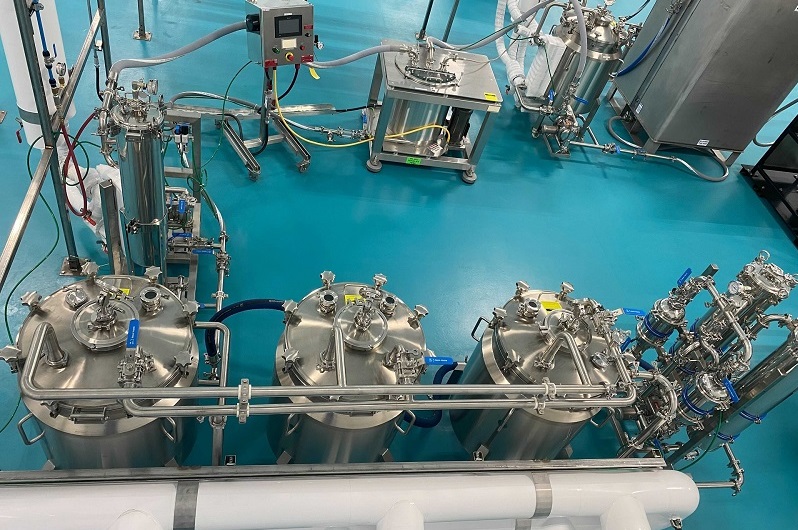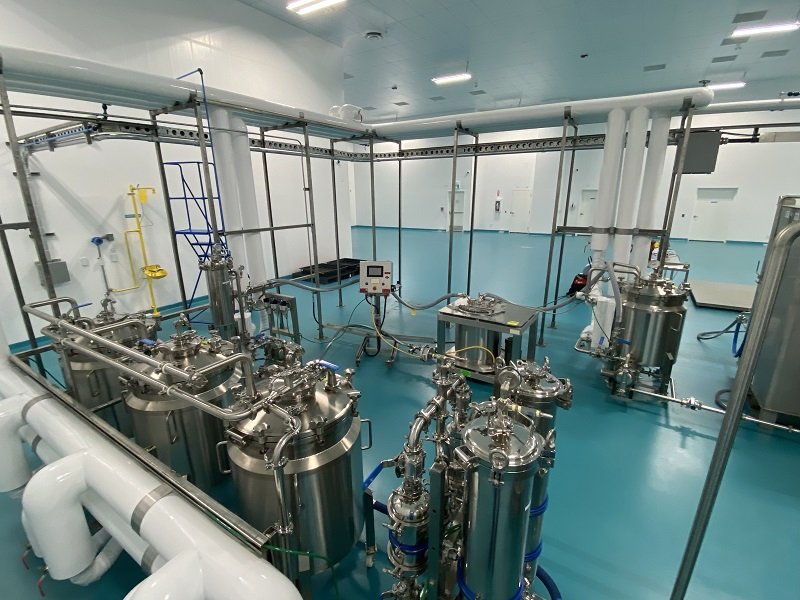“Human history becomes more and more a race between education and catastrophe.” ~ H.G. Wells
Quality Standards for the Cannabis Industry
There are a multitude of quality compliance standards to consider when embarking on your cannabis business. The acronyms seem endless (GUI-0104, ICH Q7, GACP, EU-GMP, GPP, cGMP, GAP, HACCP, etc.) and there are fewer periods in a Hemingway novel than there are regulatory agencies, legal frameworks, guidelines, registrations, and authorizations.
But which quality standard is best suited to your needs – both now and in the future? Part I in this series of whitepapers addresses the differences between certifications and examines specific factors that should be considered when choosing a certification; specifically, market participation requirements and the costs associated with GMP compliance.
What is the difference between GPP and GMP?
Good Production Practices (GPP) is the minimum requirement for Licensed Processors (LPs) in Canada. The most significant GPP requirements include standard operating procedures (SOPs), sanitation programs, and a recall procedure. However, GMP takes it several steps further and may include supplier qualification, stability programs, environmental assessment during storage and transportation, equipment qualification, process validation, and cleaning validation. GMP systems specific to cannabis also include more product testing to screen for THC and CBD levels, microbial contamination, pesticides, and heavy metals.
In short, GMP certification is an internationally recognized quality standard that mitigates consumer concerns for safety, efficacy, and consistency to a degree suitable for the production of pharmaceutical products.
How does GMP Certification Support Market Participation?

Regardless of an organization’s international aspirations, a more informed and discriminating customer has emerged over the past four years. Becoming a GMP facility signals credibility that specific products are safer to consume, and contamination risk is mitigated. It should follow that as North American markets mature in the coming years, both consumers and businesses dealing with cannabis companies will qualify their preferred brands with a greater emphasis placed on quality control and consistency.
Additionally, as the regulatory burden continues to transfer increasingly to LPs, minimizing operational risks with strong change management processes, focused corrective and preventative actions (CAPA), and robust quality risk management programs will likely become the operational table stakes for market participation.
In short, GMP certification differentiates LPs by demonstrating their willingness to go to greater lengths to promote quality control and customer health compared to their competitors. In a saturated market, perceived by many as unprincipled, a little legitimacy can go a long way.
What is the Cost to Implement and Maintain GMP Certification?
Undoubtedly, financial planning and analysis will accompany a decision to obtain GMP certification. The basic start-up costs for a business, with less than 20 employees and annual revenue of under $1 million, is roughly (CDN) $65,000 to ready compliance systems with an expected $115,000 in yearly maintenance procedures. Mid-sized establishments, ranging from 20 to 500 employees with $5 to $10 million in annual revenue, should plan to spend about $50,000 to set up their systems and approximately $350,000-450,000 each year in maintenance.
It should be noted that these estimates assume that a medium-sized company would already have most of the required systems in place, whereas the small firms would be starting from scratch. Additionally, these costs do not incorporate equipment expenditures that are GMP-compliant which would include items such as material traceability reports and certificates of conformance or special manufacturing specifications (SS 316). A rough estimate for the additional cost of GMP-compliant versus GPP-compliant equipment is approximately 20%.
To GMP or Not to GMP?
Not to make light of the Bard, but the decision to pursue GMP certification is certainly not straightforward for LPs in Canada and abroad. While there are definite benefits to becoming a GMP-certified facility, including access to foreign markets and a reputational edge on your competitors; the associated investment of money and time are substantial and disqualifying for many.
In Part 2 of this series, we’ll take a closer look at key considerations and specifics for bridging between a GPP and GMP-certified organization. If you don’t want to miss it, make sure to follow Evolved on LinkedIn and subscribe to our newsletter.
About the Author
John Clancy has been the President and Chief Operating Officer of Evolved Extraction Solutions since 2020. Prior to joining Evolved, John’s professional experience included leadership positions with manufacturing, construction, consulting, and financial services companies. He has a passion for the global decriminalization of cannabis and is a vocal advocate for the mainstream adoption and advancement of the cannabis industry.
Connect with John on LinkedIn.


EV-MASS ethanol extraction platform
click to view options

The Milling Effect - Optimization of Extraction Yield
click for article

Ethanol vs CO2 - Analyzing Costs / Throughput
click for whitepaper


